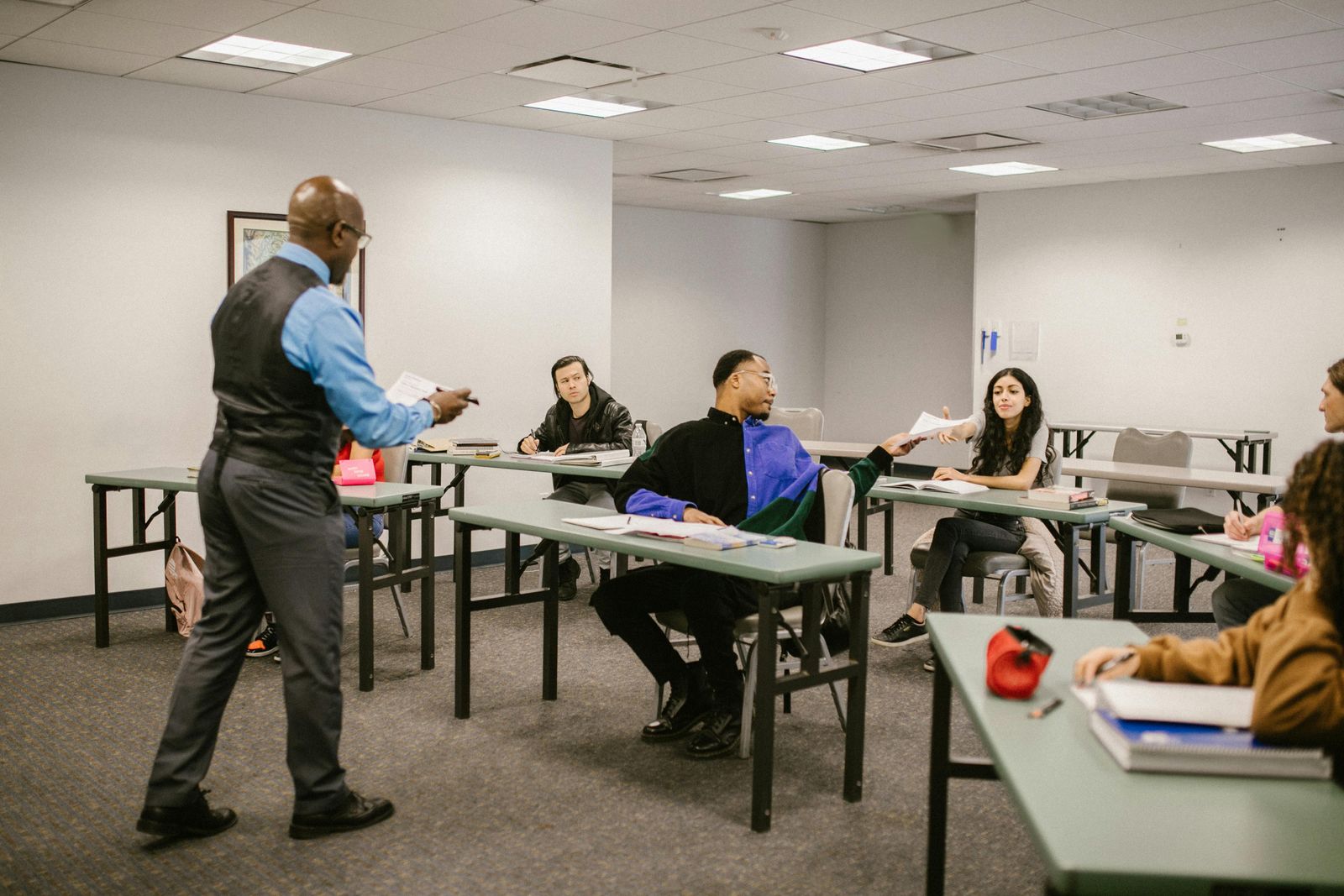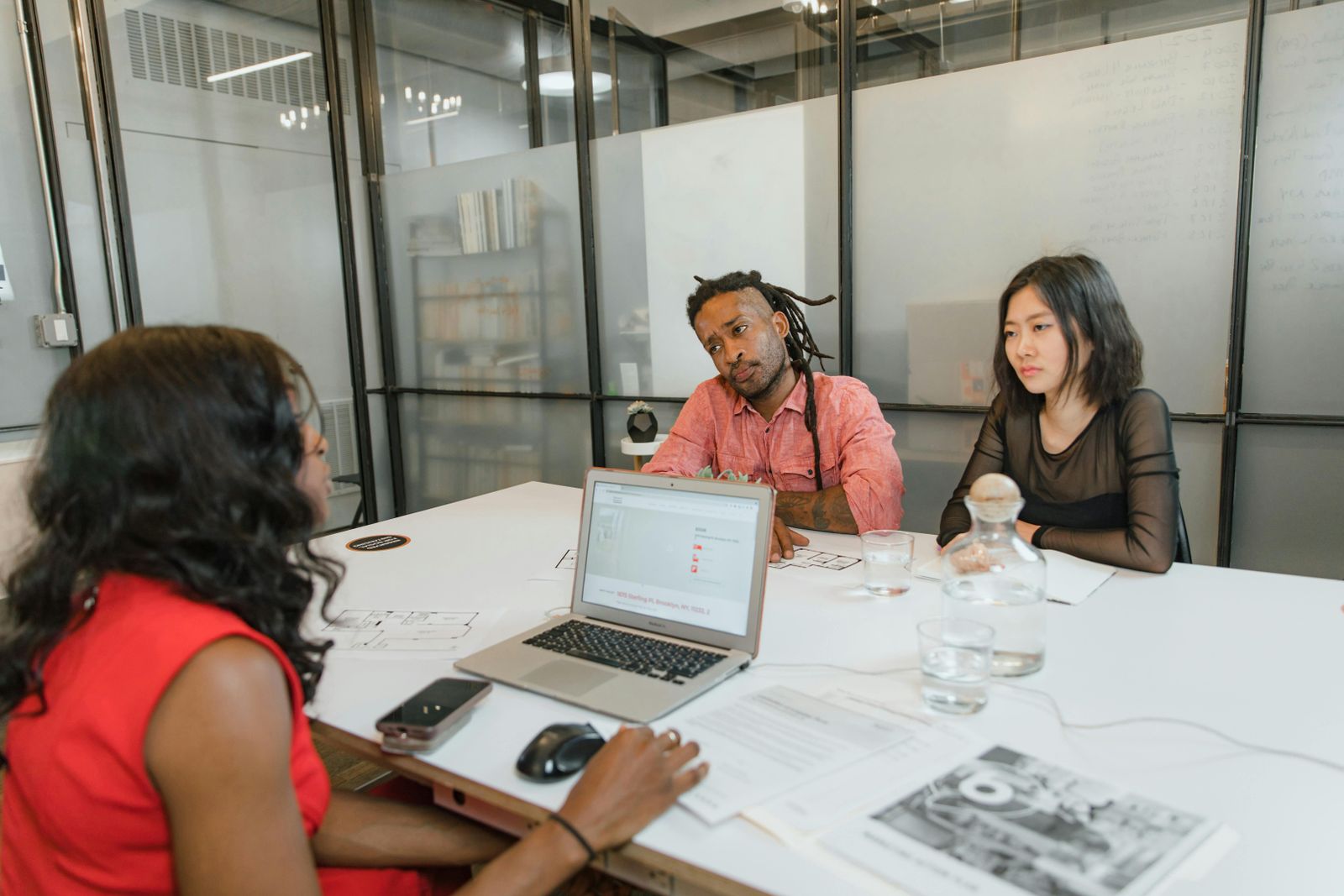By Tom Lowe
My last blog talked about the need to embed or integrate employability into the curriculum, as a solution to ensure students engage with the graduate outcomes agenda. Although this is an important agenda, I sought to balance this argument by raising and recognising the tension that there is already so much we need to squeeze into the curriculum, where often I hear the counter argument to including employability development that ‘there is simply no more room’ for such activities. It is undeniable that we, somewhat over ambitiously, aspire to pack a lot in; from subject material dictated by national benchmarks and professional bodies, to other university agendas, which often shift in accordance with sector wide practices and developmental needs. To delve a little further in and beyond the intended and designed curriculum, this blog will look more thematically at the notion of contact time to ask what should we be prioritising as educators when we have our students in the room. These precious opportunities for student engagement are critical to get right if we wish to support student success and inspire future engagement (and attendance) in the teaching weeks or semesters ahead.
To support this discussion, I will draw on the commonly known Secondary Education Framework, being the ‘Three R’s’ to engage students, being Relationships; Rigour; and Relevance. Each will be discussed below with discussion for how these are relevant for the Higher Education of today.
Relationships
In the digital age, students have multiple sources from which to extract knowledge. Where previously knowledge was drawn from the lecture or the library, sources of knowledge for students’ studies can now be found instantly on a smartphone. The argument has been made therefore that contact time in class can be used for other activities beyond knowledge transmission, for example the Flipped Learning Model, where students engage with the didactic elements of learning prior to class, and the contact time is instead used for activities and discussion, enabling deeper learning which helps to cements ideas and build new knowledge structures. Furthermore, since the pandemic, and following students’ feedback that universities offered a lack of opportunities for social connection, another argument has been developing that we should also use our contact time to build community, social connection, and relationships.
Forging positive relationships in higher education is difficult to achieve and takes time but is increasingly an invaluable cornerstone of this new and emerging landscape for the higher education environment. Previously, in all but distance learning environments, we have on the whole been able to rely on students living in on-campus residences, or at least within the local vicinity, and/or the students’ unions and university society activities for providing social connection. However, in a context where students commuting long distances are on the increase, sometimes the only opportunity for students to get a social connection to the university is the classroom itself. Forging positive relationships between students and students, students and staff, and staff teams, can mean many things, from creating friendships, mutual respect, and building trust and rapport.
Colleagues in the School of Finance and Accounting at Westminster have reported when they put time into building rapport in their classrooms, there is an increase in interactivity in seminars and discussions. To be effective, this foundational relationship and connection forming experience must be a primary focus in the initial few weeks to set the scene for building the learning environment moving forward. In addition, as was argued in my blog on university estates, if students do not have the opportunity to speak with one another in class, their ability and opportunity to build any social connections is impeded. Therefore, a target at the start of every Welcome Week in the Freshman Year, and thereafter as students start new terms and modules, should be creating opportunities for people to establish connections, learn about their peers, perhaps even make friends, or at least someone who they can ask questions to and sit with in future weeks. This could be in facilitated or individual discussions on the set work for the week, a quick sharing of their ‘muddiest point’, or through building in opportunities for informal conversations (such as 5-minute breaks, depending on the length of the session).
Equally, relationship building between staff and students is key to developing student trust in the classroom (for more on trust in the classroom, see Felton, Forsythe and Sutherland, 2023). To develop these relationships, seek opportunities to establish moments of meaningful connection when they arise – it could be as simple as learning your student names or humanising yourself (not just being a detached, authoritative figure at the front of the room, but someone with a life and interests). To make use of the contact time we have, we should encourage the curriculum content to be taught in such a way as to develop positive foundational relationships between those present in the room, as this will help to cultivate and engaged and thriving learning environment.
Rigour
It has long been understood that large organisations such as universities operate in silos. In a curriculum context, the work of TESTA led by Prof Tansy Jessop and adapted to many university contexts, has highlighted that lecturers often find themselves focusing on their own module in a silo (rather than situating its content and assessment in relation to the whole degree programme). Ensuring we think beyond the module to the wider course and student journey is critical to increase the rigour of our courses. This has been often referred to as the Connected Curriculum (see work from Prof Dilly Fung), which makes the argument (and provides the framework) for our eclectic mix of units/modules should be more connected with a through line, to create a cohesive student learning journey that makes sense and builds upon prior knowledge. There are even more traditional pedagogical theories that argue for these connections in the structure of the curriculum, such as theories of Constructive Alignment (where Teaching and Assessment is aligned to Learning Outcomes), Spiral Curriculum, and even more broadly the Constructivist Pedagogical approach itself argues that ideally teachers should seek to build new knowledge based on students’ existing knowledge and finding connections within the curriculum content itself is a great way to do this.
However, across a degree programme or a School which may have, 50, 70, or even 100 modules, means this can be difficult to operationalise in reality, but the aforementioned design tools can be a great way to begin this conversation. The variety that our degree programmes bring through the module system is fantastic, as often we offer optional choices and a great variety of exposure to scholars’ research-led teaching. However, if our course and module journeys become bizarre buffets of uncoordinated knowledge that don’t make a coherent and complementary meal, engagement can decrease, particularly when the content and learning activities are also disjointed from the summative assessment (which leads to strategic rather than deep learning).
Rigour is also found in moments which stretch student understanding, and where they encounter the desirable difficulties required for deeper and long-term learning (see the work of Robert Bjork for more on desirable difficulties). In our precious and limited contact time, we should strive to focus our teaching on encouraging students to think critically and problem solve; potentially through adopting active based learning strategies such as inquiry-based, problem-based or case-based learning. Our in-class activities should ensure they make space for deep learning with a higher level of cognitive challenge, which increases gradually, scaffolded by the instructor within the Zone of Proximal Development as outlined by Vygotsky. This overarching sense of connection between what is taught and the challenging (in all the right senses of the word) ways in which it is taught, lead to more of a meaningful, rigorous, and therefore engaging degree programme.
(Perceived) Relevance
If you want to engage students in anything, then make it relevant to them. Engaging students in learning is getting increasingly difficult as students have so many competing needs on their time, such as part-time work as we’ve previously discussed. Ensuring our contact time is perceived as worthwhile to students is key to fostering engagement with in-class time. A good place to start is asking if the classroom sessions we ask students to attend hold relevance towards the assessment – can the sessions all connect with the assessment in some way, so a strategic approach to learning (just attending sessions that will be on the test, so-to-speak), becomes difficult as it is hard to disentangle the assessed content from the wider curriculum. Second, speaking with students about why they choose to attend some classes over others can also be revealing to what they value and how those decisions are being made. Third, do students see the benefits of attendance towards their learning – is it clear to students how each individual session will build on previous sessions and enable them to achieve both at the summative assessment point and in their lives beyond study in their future professions. Fourth, is it clear to students how their learning connects with real-world experiences and impact, or does it enable them to explore personal interests, both of which can make the material more meaningful to students and motivate engagement. Then, finally, in light of the above, it is important to examine this point relating to students’ (not staff) perception. From our point of view, with disciplinary expertise, it is all relevant – but are our students seeing it the same way? Perhaps the above questions can help guide your thinking about whether the relevance could be made clearer to students.
As discussed across this blog series, universities are now mainly educating Generation Z. These students have grown up in a social media world of fast content, shortened attention spans and teach-to-test education. Therefore, ensuring our teaching is engaging is important. I do not agree with the argument that our lecturing staff should be entertainers (or edutainers as some refer to it) but we do need to make our sessions worthwhile from a student perspective. This is adding more to our classes beyond the content of the slides, where students should see the value of coming in person to get more than they would from catching up by viewing the slides. This can also be bringing anecdotes and stories into your teaching to bring the topic to life, or drawing on case studies that are relevant to students from the media or the news. Then finally, it is about mixing it up beyond the didactic lecture, with activities as outlined previously, changing the media, adding some informality to allow discussions to take place and relationships to build. Perhaps we are working towards trying to inspire the phrase of ‘Fear of Missing Out’ (FOMO) for our taught sessions, where students feel they need to attend, lest they miss out on something important and exciting.
Conclusions
The above considerations ask us to think critically about how we use the time to engage students in the classroom. I suggest that colleagues should reflect on these themes highlighted above in the ‘Three R’s’, to foster engagement with the curriculum. What is clear is that we need to take time to build community into our classrooms, which pose a particular tension when teaching big classes. In addition, the course needs to be cohesive, making sense to students, connecting our curriculum into one programmatic journey. Finally, there must be relevance to make it ‘worth my time’ in coming into class. Unfortunately, gone are the days of eclectic degree journeys as students increasingly are strategic with their time and balance complicated lives to overcome their individual barriers to education.
The themes for development will differ from not only university to university, but by individual course. Therefore, we must take time to speak with students, to understand their perspectives and experiences of our education. To conclude this blog series for this academic year, my final blog will focus on the pathways to gather student voice for means of enhancement and to top up our empathy as educators in higher education.
Tom Lowe has researched and innovated in student engagement across diverse settings for over ten years, in areas such as student voice, retention, employability and student-staff partnership. Tom works at the University of Westminster as Assistant Head of School (Student Experience) in Finance and Accounting where he leads on student experience, outcomes and belonging. Tom is also the Chair of RAISE, a network for all stakeholders in higher education for researching, innovating and sharing best practice in student engagement. Prior to Westminster, Tom was a Senior Lecturer in Higher Education at the University of Portsmouth, and previously held leadership positions for engagement and employability at the University of Winchester. Tom has published two books on student engagement with Routledge; ‘A Handbook for Student Engagement in Higher Education: Theory into Practice’ in 2020 and ‘Advancing Student Engagement in Higher Education: Reflection, Critique and Challenge’ in 2023, and has supported over 40 institutions in consultancy and advisory roles internationally
References
Bjork, R.A. and Bjork, E.L., 2020. Desirable difficulties in theory and practice. Journal of Applied research in Memory and Cognition, 9(4), p.475.
Felten, P., Forsyth, R. and Sutherland, K., 2023. Building Trust in the Classroom: A Conceptual Model for Teachers, Scholars, and Academic Developers in Higher Education. Teaching and Learning Inquiry 11. 20.
Felten, P. and Lambert, L.M., 2020. Relationship-rich education: How human connections drive success in college. John Hopkins University Press.
Fung, D., 2017. A connected curriculum for higher education.. UCL Press.
Whitfield, R. and Hartley, P., 2019. Assessment strategy: Enhancement of student learning through a programme focus. Employability via higher education: Sustainability as scholarship, pp.237-253.
Jessop, T., 2023. Student agency and engagement: Transforming assessment and feedback in higher education. Routledge.





